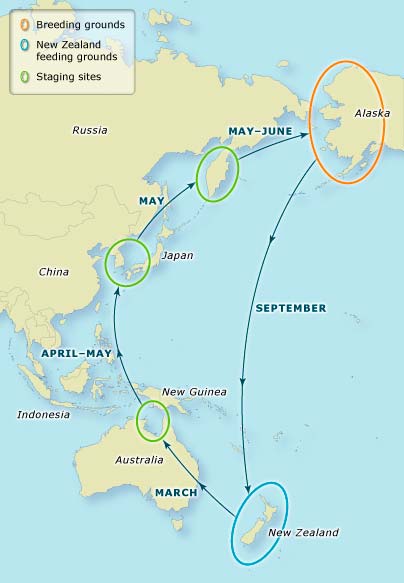Practice Question
A recent New Zealand study compared the size, shape and pigmentation of hundreds of leaves of Pseudowintera axillaris (horopito, also known as the New Zealand pepper tree) and small Alseuosmia macrophylla (toropapa) plants, and found a match. Over a third of the leaves of the two species cannot be statistically distinguished from one another. Toropapa were possibly eaten by moa before the arrival of humans quickly decimated the moa population. Unless the plants are flowering or fruiting, the only fast way to tell them apart is to taste a leaf. Horopito leaves a pungent, hot peppery taste and a numb tongue when the leaf is chewed, while toropapa is highly palatable.
Name and describe the relationship between Pseudowintera axillaris and Alseuosmia macrophylla. Discuss the adaptive advantages and disadvantages of the relationship to the two species of New Zealand flora, including any survival strategies they employ.
How I should answer:
- state relationship - mimicry
- describe relationship - toropapa is mimicing the horopito.
- describe relationship more - batesian mimicry
- define batesian mimicry
- How is it helpful or harmful ?
- adaptive advantages -
- disadvantages -
- survival strategies - horopito has chemical defenses against predators
Now I can write my answer:
The type of relationship that the Horopito and Toropara shows is mimicry. For this example the toropapa is mimicing the horopito. As it said on the paragraph, the Toropapa is tasty and the horopito tastes like hot pepper, the toropapa mimics the horopito because it is defenseless and needs something to protect it from its predators, like the moa. This type of mimicry is called Batesian Mimicry. Batesian mimicry is when a harmless organism's appearance mimics a dangerous organism's appeance, like the example of the Toropapa and the Horopito. For the Toropito it is helpful so that its predator can think it's the peppery taste plant and just moves on. It might also be harmful to them because the humans might think that it is the Toropapa and just cuts it off.





